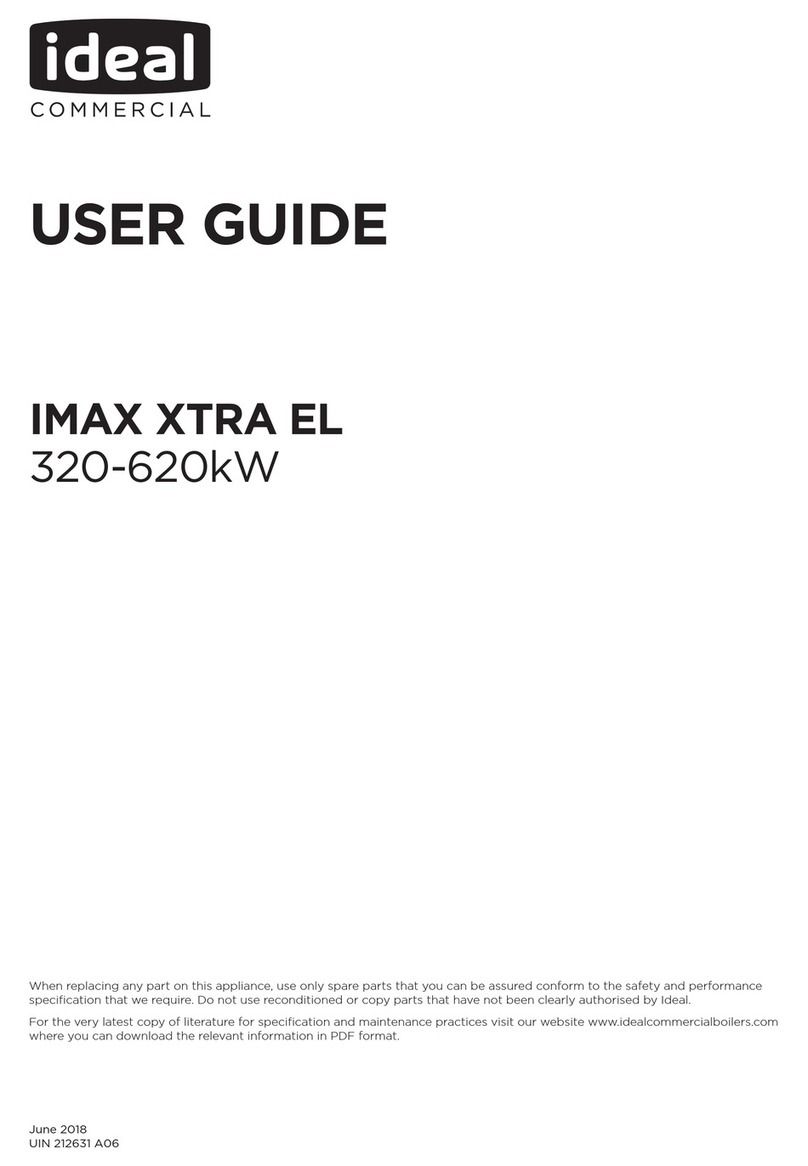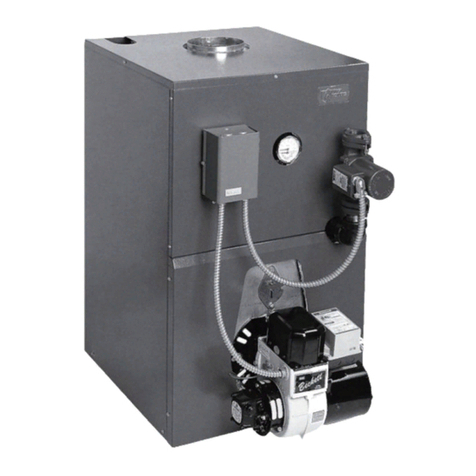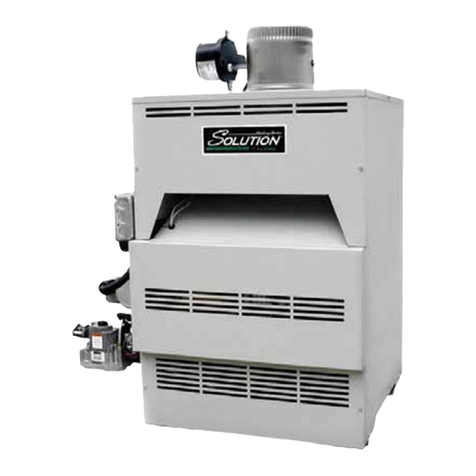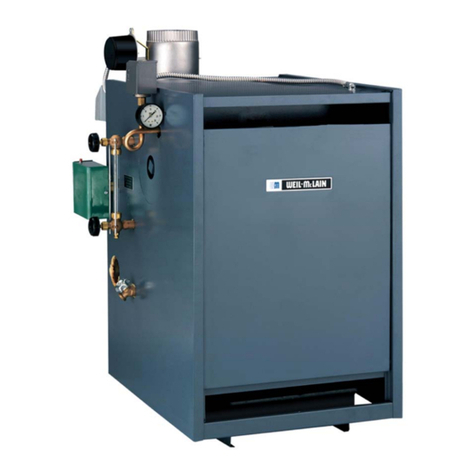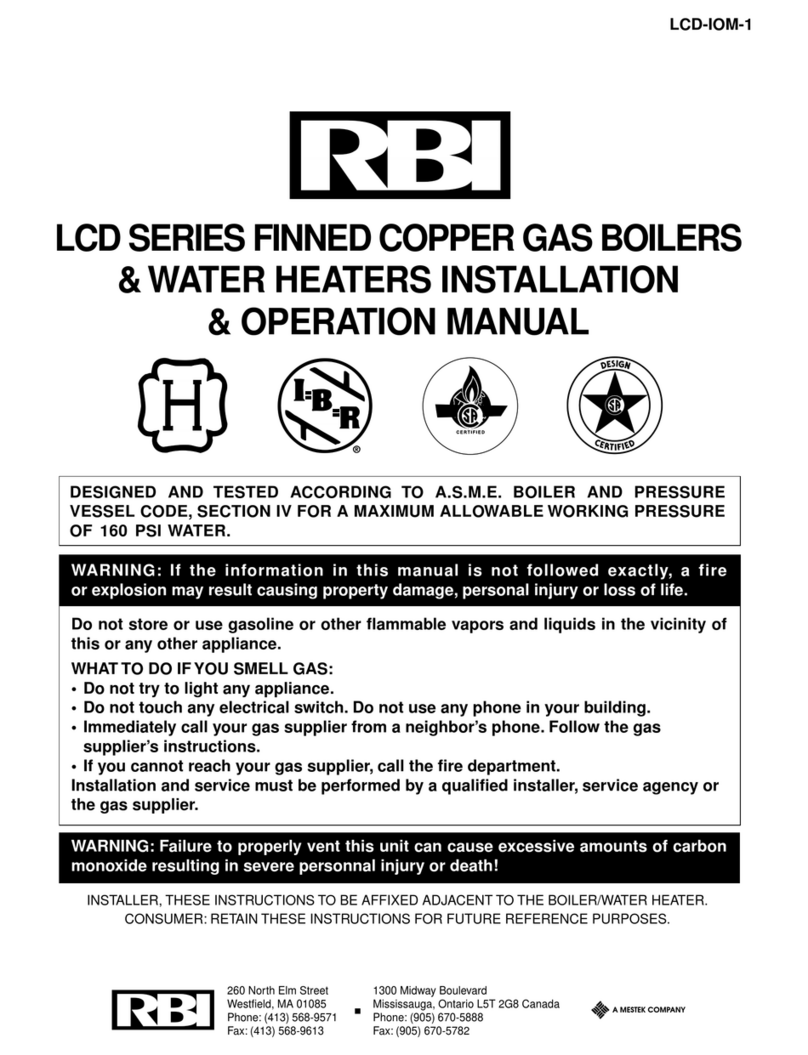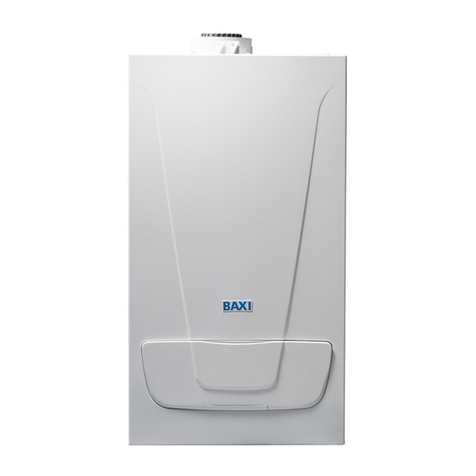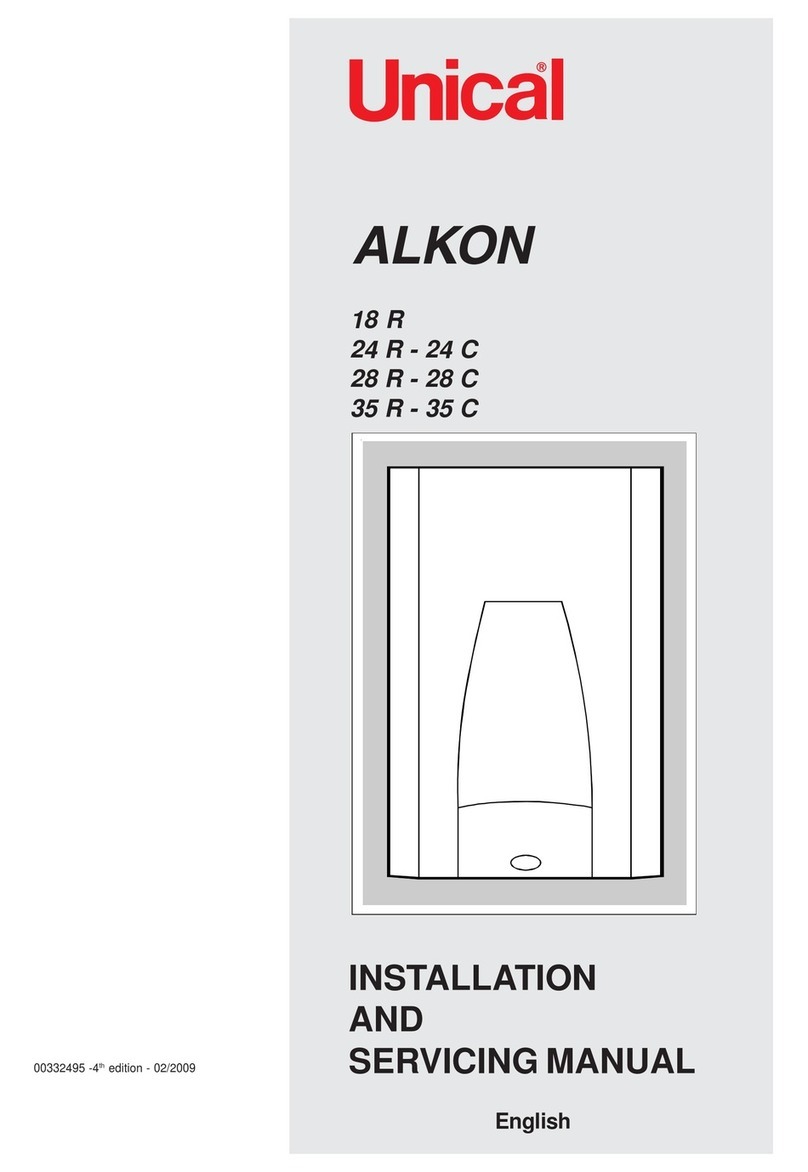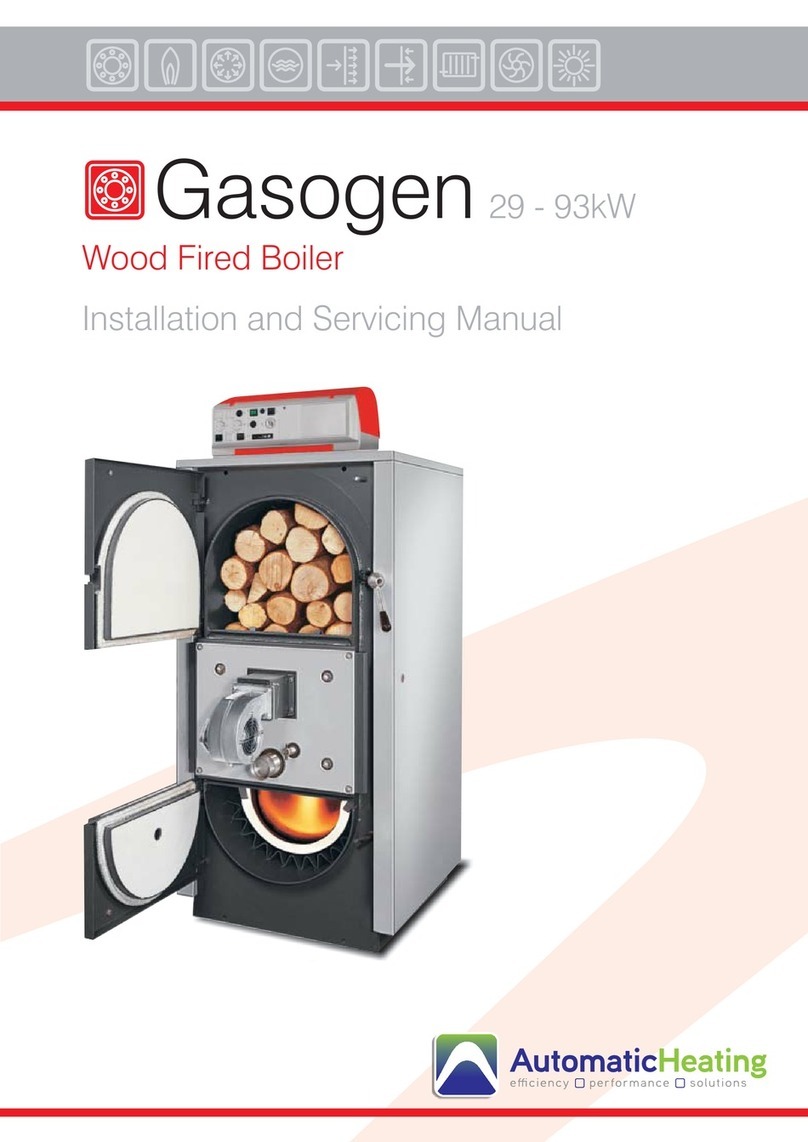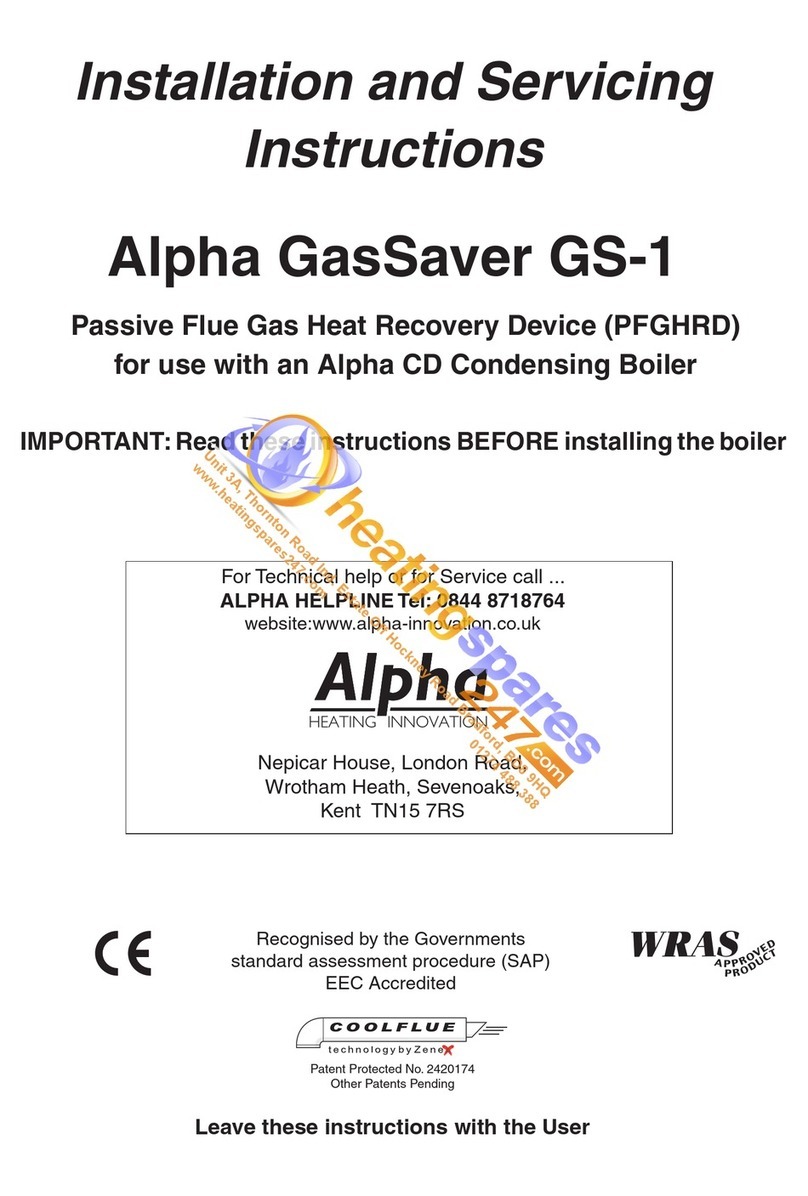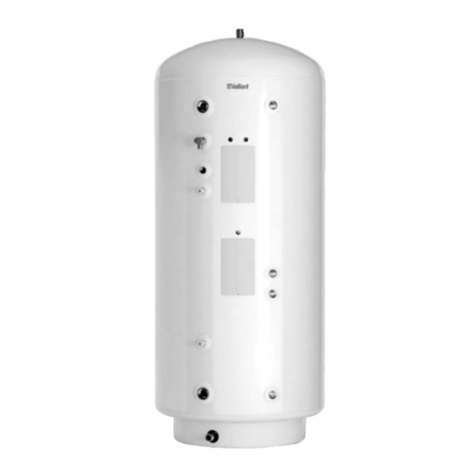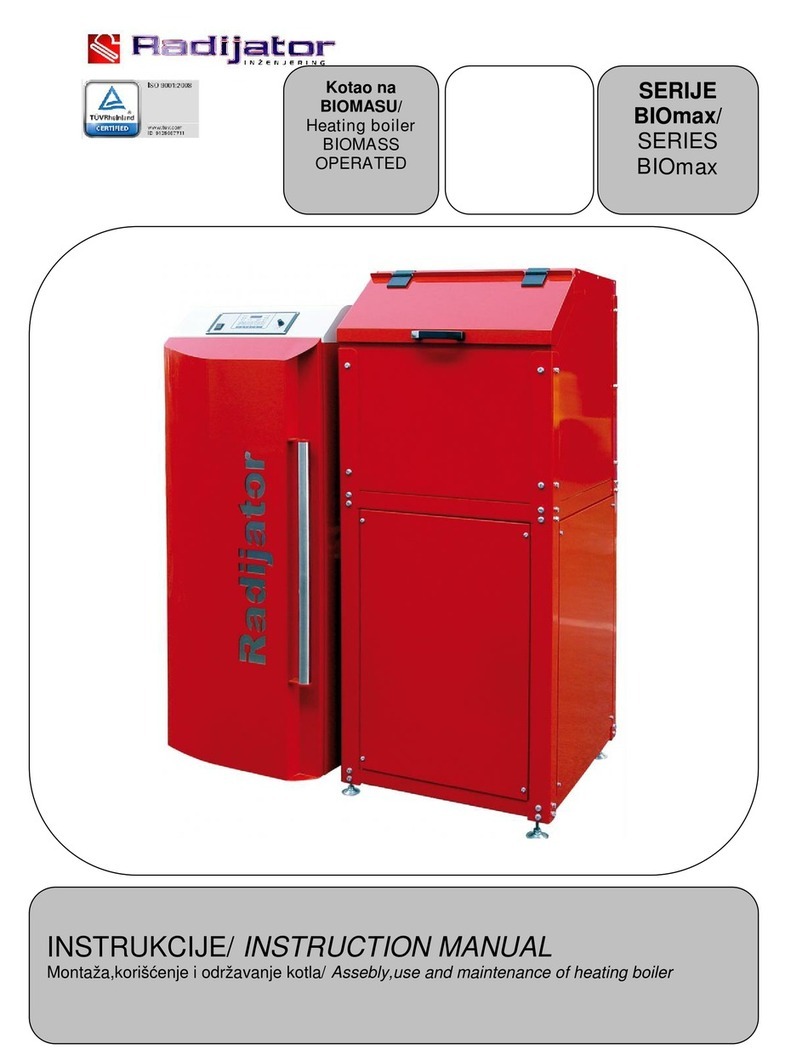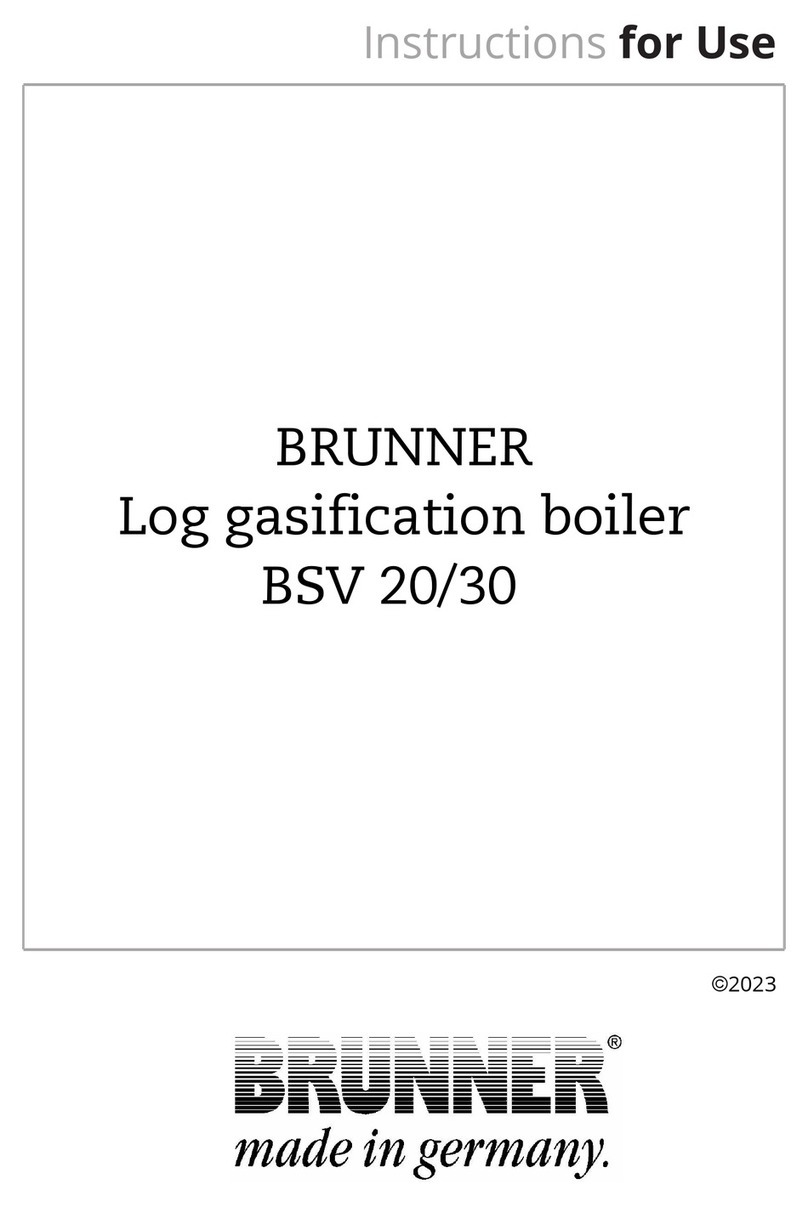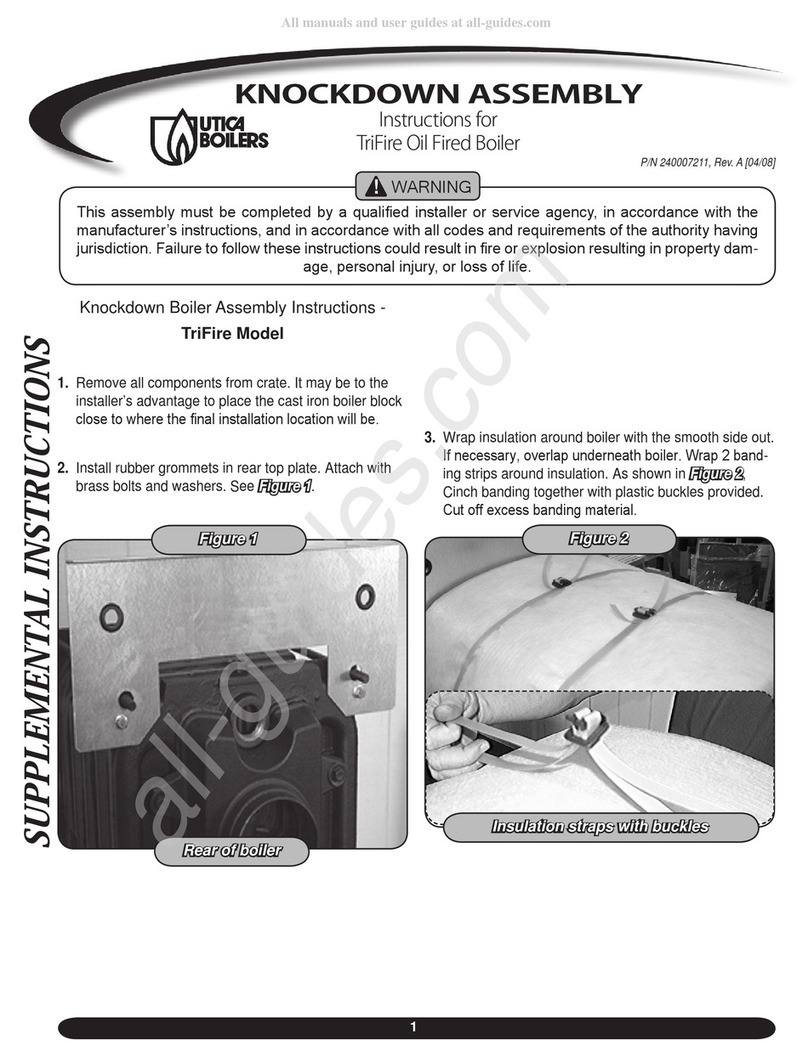
GAS
FUEL
SYSTEMS
SIZING
GAS
HEADER
FROM
METER
TO
BURNER
Sizing the gas
line
from
the
utility
service
at
the meter
to
the
gas pressure
regulator
at
the burner can
be
important in cases
where
the gas pressure
available
limits
the pressure drop
to
a
low
value.
The
following sizing
method
will prove helpful in
sizing
this
line
for
single
or
multiple burner
installations.
Step #1. Determine the gas flow
rate
(CFH)
by
adding the
CFH
inputs of
all
units
being supplied
by
the header
line.
(Note
factor
for
gas with BTU/cu.ft.
other than 1000.)
Step #2. Determine the highest pressure required
at
any
one
unit being
supplied
by
the
header
line.
(Note pressure requirements
will
change
if
IRI
or
FM
controls
are
desired
and
also
BTU/cu.
ft.
less
than
1000,
note
factor).
Step #3. Determine the gas pressure required
at
the entrance of the unit gas
regulator.
This
would
be
the
inlet
pressure
shown
on
the gas pressure
regulator
chart.
Step #4. Determine available pressure drop through the header
to
supply
the
quantity
of
gas
by
subtracting pressure found in Step
#3
from
the gas pressure
available
at
the
utility
meter. (This information will
be
supplied
by
the
utility).
Step #5. Determine the estimated equivalent length of header piping
to
the
most
distant
unit
by
adding
25%
to
the actual length of
straight
pipe involved
to
allow
for
all
fittings
and
valves
in
the
line.
Step #6. Divide (Step
#5)
answer
by
100.
Step 17. Calculate the pressure drop
available
in the header per
100ft.
of
pipe
by
dividing (Step
#4)
by
(Step #6).
Step #8. Refer
to
(Fig. I) . Locate the gas flow
rate
(Step
#1)
on
the
left
side of the
ch
a
rt
and
draw
a horizonta1 1i
ne
to the
right.
Locate the
available
pressure drop per
100ft.
(Step
#7)
along the bottom of the chart
and
draw
a
line
vertically
upward.
The
location of
the
intersection
of the
lines
will determine the pipe
size
of the header
line
(where
the
intersection
falls
between pipe
sizes
use the
larger
size).
Step #9. Step
#5
may
now
be
repeated using
from
(Fig.
II)
the actual
straight
pipe equivalent for the pipe
size
fittings
as determined in (Step
#8)
in place
of the
25%
estimate. Steps #6, 7, 8, 9
can
then
be
repeated
to
check
the
original
estimated condition.
PIPE
SIZE
REQUIRED
FOR
GAS
FlOW
&
PRESSURE
DROP/100
EO.
FT.
100.
000
-
SO
.
OOO
-
:> 10.000
v
10
ooc
?
-
g 10
000
0
~
z
X
v
I
000
)00
100
..........
V i
/l)--1
v v I
v
......
....-
,
·/
)--
I
v
v
;,
vv
, J
B~
':f)
~
4
f!)
/ B
L/'
/ 10
v / v
.....
~
/ / .
......
,.
rtl'f
Silt
/ v
/ 7
y v v v EQUIVALENT
lENGTH
FOR
FITTINGS
IN
FEET
PIPE
SIZE (IPS) I I
'h
11
/,
2 2
'h
3 4 6 8
10
12
s
TO
TEE
lhru
.
SlOE
5.5
7.5
9.0
12.0
14.0
17
.0
22.0
33
.0
43.0
55.0
65
.0
......
s
4
G
:~
:~~
2.7
3.7
~
:
~
-
-
~~
--
6
~
~
-
B
:.
~
--.-!
l
:
~
·
0
_
_2
_0
_:_
0
_
.
!.~
.
0
__
__3
_
1_:
.
~
:-::-c":-'---
____
__:
1
_:.:.
2
~
1.6 2.0 2.5 3.0 3.7 5.0 7.5
10
.0 12.0
15.0
LOBE
VALVE
27.0
40
.0
43
.0
45.0
65
.0
82.0
120.0
170
.0
240.0 290.0
340
.0
G
ATE
VALVE 0.6 0.8
0.9
1.2
1.4
1.6
2.2
3.5
4.5
5.5 7.0
p
16
.0
27.0
39
.0
51.0
65
.0
_L_U_G_ C_O_C_K_
__
__:
3c.:.:
.0
:____.:
4:_:
.
0:___=5
.5 7.5 9.0 12.0
I 0 : 0 J 0 S 0
10
0
10
lO
SO
100
PlfSSUif
DIOP"
• •
INCHES
W (
.I
I
00
fT.
Figure I 8 Figures II
